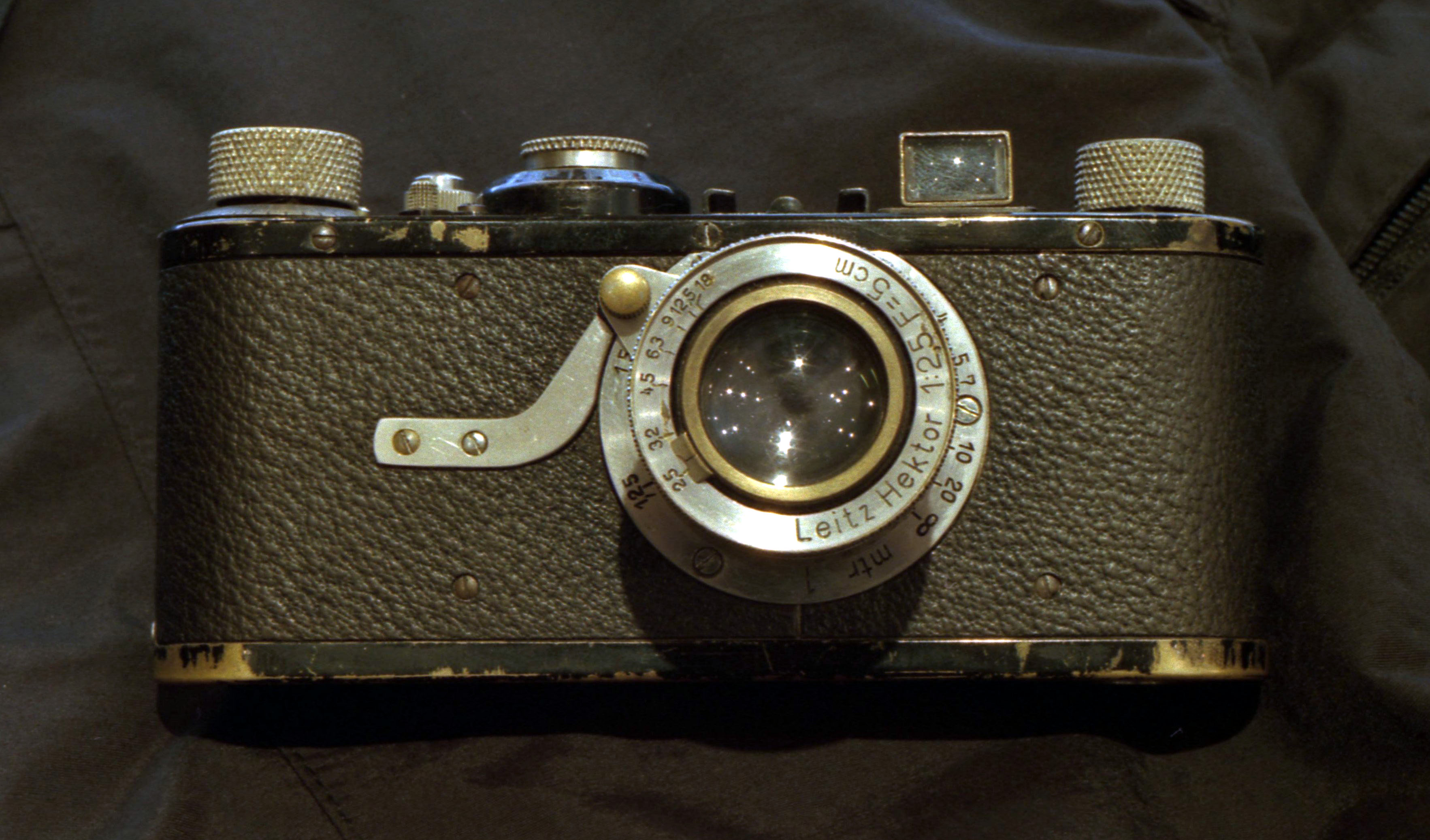Thomas Hoepker
Fiive years, a long time, a long time to think about publishing a world changing image.
The famous image of 9/11 taken by Thomas Hoepker set a new mind frame for the happenings on 9/11.
One of the biggest and most misunderstood images was captured in Brooklyn just after both towers had collapsed.
As a group of young adults sit and watch, whilst what, at first interpretations look to be enjoying themselves, this controversial picture was not stated as art, because Hoepker believes that he is not an “art maker, but an image maker”. With Hoepker having such a big past working in one of the world’s best photography companies ‘Magnum’ he found It hard to publish the 9/11 image. I think that the image has two stories, the first, easy story. The story that no one cares, personally this is what I thought the first time I saw it, with a group of 5 people sitting on a bank across the river watching the two towers just burn strikes you deep, making you think about the human population as a whole. Do we actually care? The common question everyone faces when confronted with that one picture.
On the other hand, you can take a deeper look at the image, past all the bright and ‘pretty’ colours, the terror and fear that is subliminally hidden in the picture.
After working the majority of his life in Magnum, Thomas Hoepker had some of the best images in their archive. Becoming the president of the company in 1989 he was ahead of the game. Everyone to look at his pictures would be amazed at how he could pull of such an amazing set of images. Personally I like Hoepker’s work; it’s vibrant, and dark. Contrast barely scrapes the surface of Hoepkers work.
Being born in 1936, Hoepker had his fair choice in capturing the history from the past several centuries. Giving him such a vast set of experience, he knows what he’s looking for in an image, regardless of where or what the situation is.
On the other hand, the image Hoepker captured in 2001 on the 11th of September was not what he was looking for. Rushing to the scene as quick as he could, he couldn’t cross the Queensborogh Bridge because of such a mass of cars that had stopped to have a quick glance at what had just happened to their beautiful world trade towers. Hoepker also stated that he “knew that all the other Magnum photographers would be in that area” he decided it would be best not to get to close, and capture an image that no one else would have the perspective of. Walking down the Brooklyn banks, instantly grabbing his camera, and snapping that one image, you could say it was the decisive moment, he just happened to capture the group of people looking like they were enjoying themselves, or you could see it as them not caring at all.
After releasing the image for the world to see, a huge uproar occurred. After a huge search for the people in the picture, the one couple was found and questioned about why they seem to not be caring, but in their interview they exclaimed that they “were so shocked at what just happened” and because it was so far away, they couldn’t do anything about it, hence them sitting there just watching, and perhaps enjoying the beautiful weather.
Personally after a long time of looking at the image, I now see the despair in the image, and the helplessness of the nation as they watch two of their most prized buildings crumble to the ground.
Five years on after the image was published, Thomas Hoepker is now known as the man who captured the shocking image of 9/11, starting a new era of questions in the modern world of decisions and statements.







